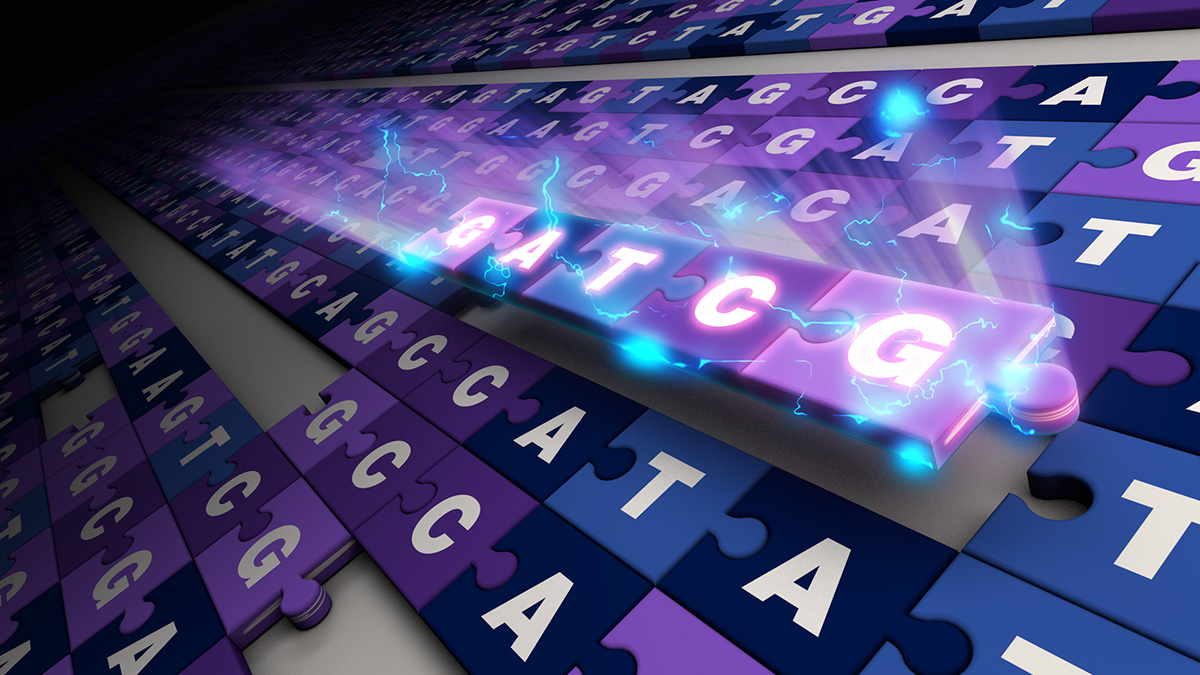Global Biodata Coalition coordinates worldwide funding of data resources
A very important anniversary occurred a couple of weeks ago. July 20, 2022, marked the 200th anniversary of Gregor Mendel’s birth. Gregor Mendel was an Augustinian monk who grew peas in the garden of the St. Thomas’s Abbey in Brno, Czech Republic, where he lived. Breeding and studying those peas led him to discover the fundamental laws of inheritance. While the significance of his work was not recognized until the 20th century, it paved the way for future research in genetics, including the discovery of DNA.
Turning our attention to NIH news – last year, Michael Gottesman, M.D., announced his plans to step down as NIH Deputy Director for Intramural Research after ~28 years in the position. As someone who has worked closely with Michael starting with my arrival at NHGRI in 1994, I would like to give my own shout out for his contributions to NIH. His leadership and stewardship of NIH’s broader Intramural Research Program has been exemplary, all performed by one of the nicest human beings on this planet! A million thanks to an NIH legend – including for being Acting Director of the then-named National Center for Human Genome Research in the early 1990’s! If you would like to learn more about Michael, I would point you to his two-part oral history (part 1 and part 2) produced by the NHGRI History of Genomics Program and a recent fireside chat that I had with him. Recently, Nina Schor, M.D. was appointed the Acting NIH Deputy Director for Intramural Research, taking the leadership baton from Michael. I look forward to working with Nina in this new role.
All the best,
![]()
In This Issue
- Global Biodata Coalition coordinates worldwide funding of data resources
- Lecture TODAY discusses history of genomics told through machine learning
- Updated resource toolkit integrates genomics into practice settings
- Genomic Medicine XIV meeting aims to address genomic medicine implementation challenges
- NIH Common Fund solicits new scientific ideas
Genomic Data Sharing Spotlight
Did you know that the goal of researchers contributing to the Human Genome Project (HGP) was to submit their sequence data into a public database within 24 hours of being generated? This target was documented during a strategy meeting in Bermuda in 1997, which is why this expectation is often referred to as the “Bermuda Principles.” The legacy of rapid data sharing within the HGP, as well as other large collaborative genomics projects, remains today. Open, quick, and quality data sharing—though not without its challenges—is an ideal that scientists, funders, journals, and many other stakeholders strive for across the biomedical research landscape. To read more about the origins of the Bermuda Principles, see here.
The NIH, inspired by the success of the HGP and other data-sharing efforts, has been advancing its data-sharing policies over the last two decades. NHGRI, as a leader in genomics, has also developed policies and practices that go beyond the baseline set by NIH. For instance, NHGRI expects researchers to leverage data standards and provide comprehensive metadata and phenotypic data for data shared per NIH data-sharing policies. The upcoming NIH Data Management and Sharing (DMS) Policy makes it more important than ever to ensure that shared data are maximally useful to the broader scientific community. NIH will be holding a webinar series in August and September focused implementing this policy.To learn more about the upcoming policy, see sharing.nih.gov and register now for the two-part interactive series to learn what the DMS policy means for you!

About The Genomics Landscape
A monthly update from the NHGRI Director on activities and accomplishments from the institute and the field of genomics.
Last updated: August 4, 2022





